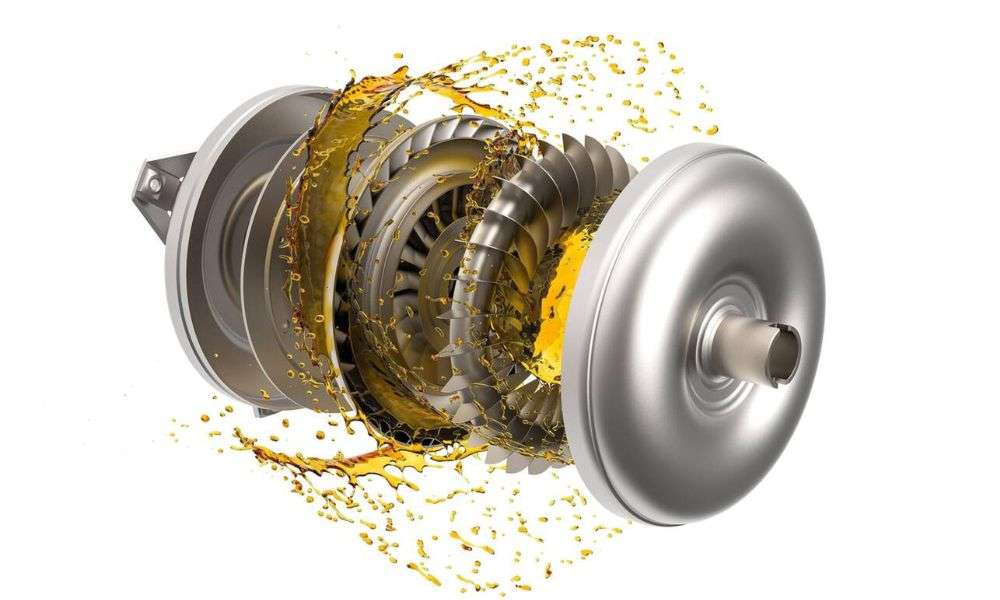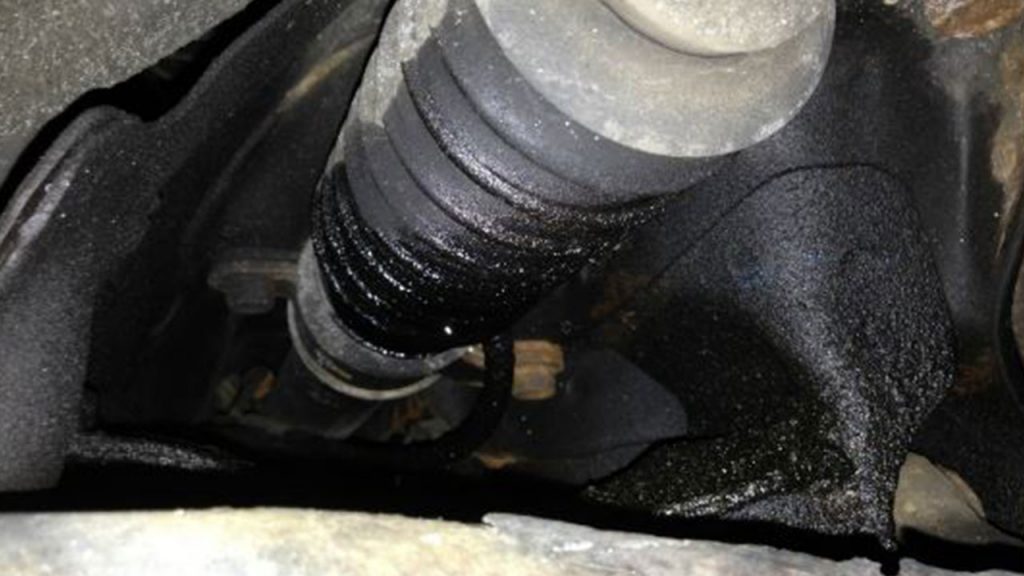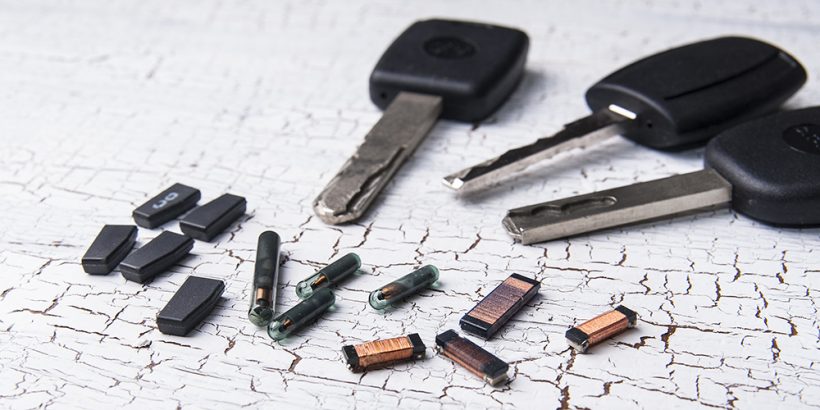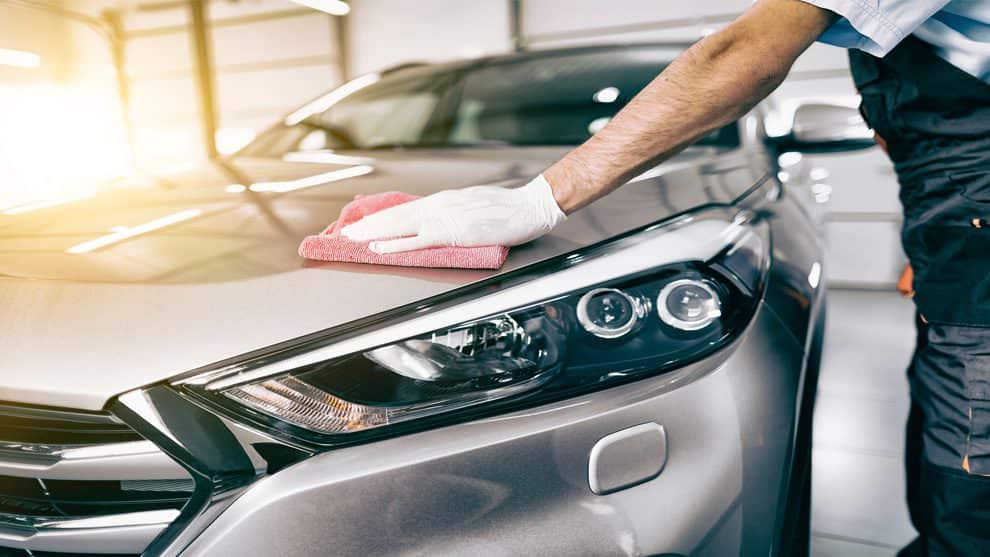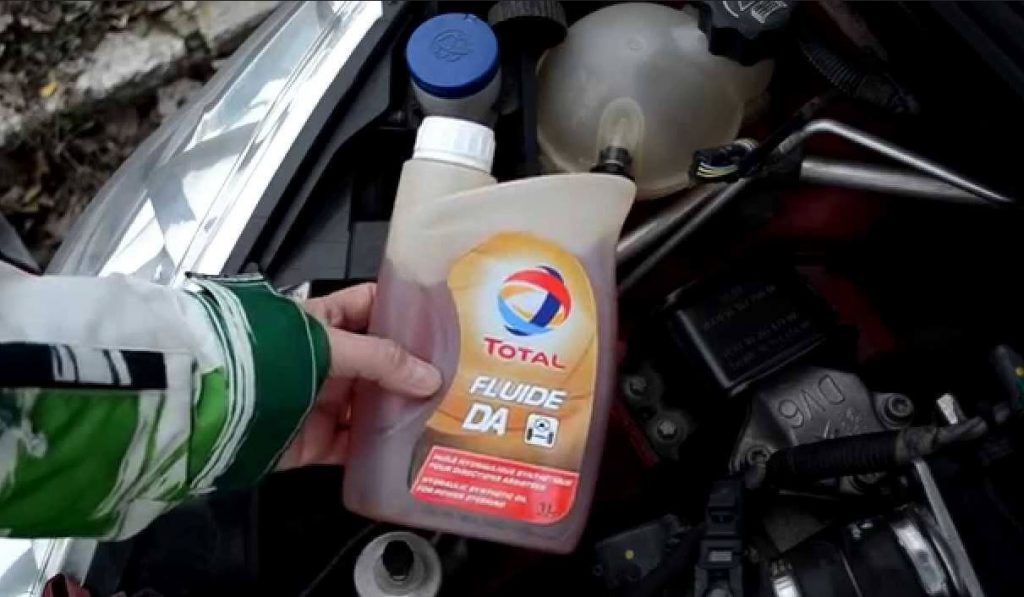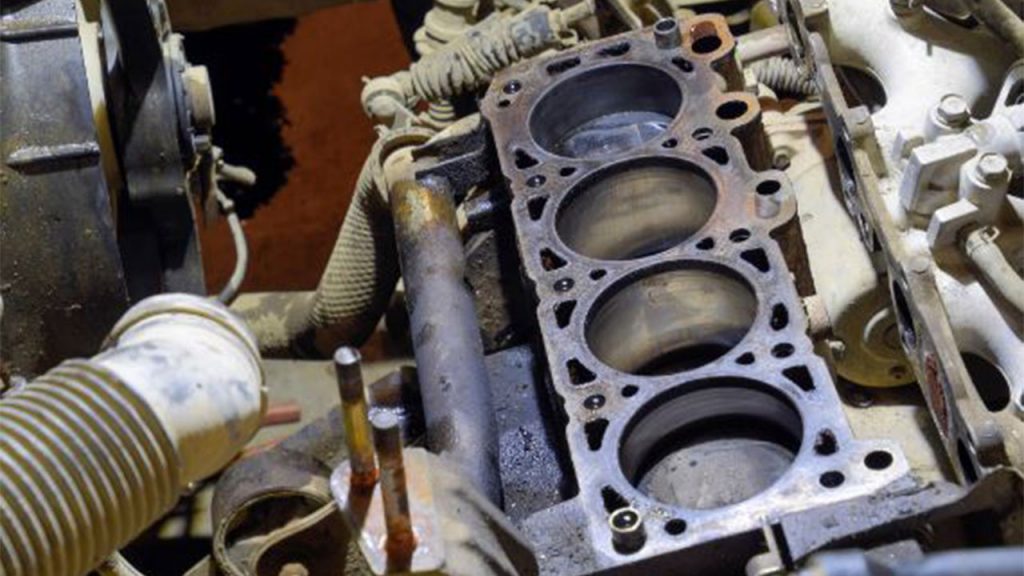Last updated on September 5th, 2025 at 08:36 pm
The torque converter it’s arguably the one component of your automatic transmission that has the greatest impact on the performance and durability of your transmission (and car as a whole). Well, the torque converter stall speed and the black box that is this particular device can be downright intimidating to anyone without a healthy interest in cars that put down serious power. But here’s the rub: It affects your car’s efficiency as well as its drivability, regardless of what you’re actually driving.
Whether you’re looking to improve driveability or get head-snapping acceleration, it’s an important number to know: torque converter stall speed. Let’s pull the veil behind this unsung hero of your ride’s engine bay and unbraid everything that you’ll need to know about it!
What Is Torque Converter Stall Speed?
Torque converter stall speed is not just some obscure technical term that’s relevant only where the rubber meets the road: It’s the heart and soul of your car’s SI (stationary idling) performance. It’s the RPM (revolutions per minute) where the engine’s power “overcomes” the resistance of the torque converter, and pulls the weight of the vehicle in motion, albeit just a crawl. This is usually when the car is in a gear and the foot is firmly on the throttle.
It creates the “threshold” level at which power is transferred from the engine to the trans. But there’s a twist: It also governs how fast your car accelerates from zero to 60, which is a big factor in how your car feels as it shifts from idling to movement. Peak stall speeds are when the beastly acceleration comes, whilst reduced stall speeds allow for a much smoother and controlled feel.
Torque Converter Stall Speed Defined
Conceptually, you can think of it as a tug-of-war between the power in the engine and the resistance of the torque converter. The higher the RPM gets, it’s like revving a motorcycle up when it’s at idle; not going to go anywhere until the friction goes away. At stall speed, that friction goes away, and the beast’s power is set free. A higher stall speed equates to more aggressive acceleration, while lower stall speeds mean a more easy-paced start, ideal for casual, around-town driving. So, that balance as regards stall speed is some sort of a dance, too high and you’ve worn out the clutch, too low, you’re flat off the torque when you open the pedal.
What does a Torque Converter do?
A torque converter is not simply hocus pocus; it’s a precision tool that acts like a fluid coupling (fluid cog, essentially) in automatic transmissions. Unlike manual transmissions, which use a clutch, the torque converter replaces mechanical linkage with a hydraulic equivalent. The basic construction of a torque converter consists of three elements :
- The Pump (Impeller): Rotating with the engine, this pump causes fluid to move, which puts the torque converter in motion.
- The Turbine: Absorbing the energy in the fluid, it turns the transmission’s cogwheels, delivering power to the wheels.
- The Stator: Locates specifically between the pump and turbine, transferring the change of direction for the fluid flow, multiplying the torque when you accelerate.
This carefully timed sequence of fluid movement provides a completely seamless shift without the need for a conventional clutch.
Torque Converter Stall Speed Influencing Factors
The stall speed depends on various factors, the interaction between the engine and the transmission being one of them:
- Higher Engine Torque & Horsepower: The higher the engine makes torque and horsepower, the more stall speed is needed in many cases. A big, strong engine doesn’t want to be constrained.
- J F Data Title 8 Vehicle Weight: The Heavier the vehicle, the lower is sluggish at high stall speed. The lower the stall speed, the less hard the engine needs to work.
- This site explains them well: types-of-gearboxes-and-differences. Similarly, taking from WIKI (emphasis mine), WIKI ” Transmission type and gear ratios play an important factor in the overall performance of one’s vehicle as they can affect the stall speed.
- Wheel and tire & Gearing: If you add bigger tires or change your rig’s gearing, you have already changed the stall speed by changing the load on the vehicle and its traction capabilities.
How to Figure Torque Converter Stall Speed
In reality, determining an exact stall speed isn’t for the faint of heart. During the construction process, they measure the stall speed accurately with the use of specialized equipment and dynamometer tests. But a simple way of knowing is to look at your torque curve in your vehicle and check the recommended stall speed in your vehicle specs, and you are close to that. Once you’re really getting heavy into performance tuning, you’ll be leaning heavily on the crutch of tools to fine-tune your work, but knowing the basics will give you insight into what your vehicle is doing.
Why Does Stall Speed of the Torque Converter Matter?
Stall speed is not just a catchphrase in performance circles. It directly affects how your car or truck handles:
- Acceleration: A higher stall speed means snappier acceleration, which is very important if you have a performance vehicle or need to race. Consider it the equivalent of the take-off of a rocket.
- Towing: When you have a truck or SUV that was built for towing, then the lower stall speeds are of more value, lowering the stall speed stops the engine from over-revving, which provides more on-tap power when carrying large loads.
- Fuel Economy: The rub is that while high stall speeds yield fast acceleration, they suck gas. Lower stall speeds optimize slower cruise speeds for better fuel economy, but also a smoother flying experience.
How to Tell When Your Torque Converter Lock-Up Clutch is Not Working
So if your stall speed doesn’t pair correctly with your engine or your driving style, you’re likely to see a few indications:
- Low Stall Speed: Your car may seem sluggish at take off and take off can feel delayed, or rough from May feel sluggish during take off and take off may be delayed, or rough when accelerating from a stop.
- High Stall Speed: If the engine is revving too high before it starts to accelerate, you’re suffering from some engine overheating AND wasting money on fuel.
- Shifting at Different Times: A lop-sided stall speed could also cause shifts that come too soon, too late, or simply out of time, which may feel rough as you cruise down the road.
What the Right Stall Speed is for Your Car
Selecting the optimum stall speed is a complicated compromise, and it depends on many things:
- Daily Drivers: Occasionally driven on the street? A mild stall speed, particularly in the 1,800 to 2,200 RPM range, delivers maximum balance for a combination of pleasure and comfort.
- Performance Cars: Racing vehicles or vehicles made for aggressive driving are going to want higher stall speeds-typically around 3,000 – 4,000 RPMs, for faster launches and better acceleration.
- Towing Vehicles: Trucks and towing vehicles also work great with a lower stall speed (about 2,000 to 2,400RPM), as it provides better control and is gentler on the motor.
Stall Speed vs. Engine RPM
It is important to avoid the misconception of stall speed for RPM. Whereas RPM is the speed at which the engine’s crankshaft spins, stall is the raising of engine RPM to a specific point where the torque converter will transmit the power from the engine to the transmission. Stall pressure is the stage it is set to a smooth idle in gear, and can be increased for better clutch holding capacity. Engine RPM is at a much higher RPM range, by which transmission oil pump pressure and transmission clutches apply pressure will be at a higher pressure, allowing the clutches to apply firmer pressure.
The Impact of Torque Converter Stall Speed on Transmission Shift Timing
Stall speed directly influences the timing and manner of when your car will shift gears. A higher stall speed keeps the engine revving before the shift, ideal for racing, where you want low-end speed rather than acceleration. Conversely, a lower stall speed allows for sooner shifts – great for fuel efficiency and easing driving on the daily commute.
Related Post: Signs of a bad torque converter vs a bad transmission
Typical Myths Regarding Torque Converter Stall Speeds
Myth 1: “The higher the stall speed, the better.” In fact, too high a stall speed can result in crappy fuel economy and overworked engines.
Myth 2: Torque converters with high stalls are bad for your transmission.” Myth: High stall speeds are bad for the transmission. Fact: High stall speeds are not bad for the transmission if you pick the right one.
Myth 3: Stall speed only matters when you’re in a race car.” False, it plays a role in more than just high-performance vehicles when it comes to a vehicle’s driving comfort and efficiency.
Maintaining a Healthy Torque Converter
To maintain peak torque converter performance:
- Fluid changes: Regular transmission fluid changes will keep everything running correctly and will help prevent the system from overheating.
- Check the Temperatures: Too much or too little heat is your transmission’s enemy; monitor the heat of the engine.
- Expert Service: Consistent checks keep the torque converter and transmission performing at their peak.
How To Tune Torque Converters For Better Performance
Performance buffs realize that stall speed is more of an art than a science. Whether you’re a drag racer or an off-road enthusiast, the ability to adjust stall speed can dramatically improve acceleration or simply bring things under control under load. Adjustable Aftermarket converters are just that: adjustability, which allows you to tailor the stall speed to your exact performance needs.
Low Stall Speed Benefits
A low stall speed provides many advantages to riders who want a less bumpy experience:
- More Control: A low stall speed allows a comfortable and more controlled lift off, so there’s no jerking on takeoff or harsh launches.
- Fuel Economy: A reduced stall speed means less high-revving of the engine, which means savings at the pump, particularly when you’re driving to work.
- Better Towing: If you tow heavy, a low stall speed makes power more controllable, which can reduce stress on the engine and transmission.
Conclusion
Torque converter stall speed isn’t just a number; it’s a characteristic of your vehicle’s performance. When adjusted correctly, it can improve acceleration, facilitate seamless shifting, and even help bolster fuel efficiency. But if not calibrated to the power curve or driving needs of your engine, it can lead to slow launches or erratic shifts. By knowing how stall speed works and by having the wherewithal to tailor it to your particular vehicle, you can truly customize the drivetrain experience, whether you’re on a race track or on the morning commute.
Torque Converter Stall Speed-FAQs
What is the Best Stall Speed for a Street Car?
The typical stall speed for street cars is between 1,800 to 2,200 RPM for an ideal balance between comfort and performance.
How Will I Know If I Need a Different Stall Speed?
If your car feels poky during initial takeoff or revs to zany high levels before engaging and moving forward, well, it’s probably time for an adjustment.
Can I Modify My Stall Speed If I Don’t Want To Change My Torque Converter?
You can play with transmission tuning a little bit and make slight changes, but most of the time, it’s a different converter is needed to make a big change.
What is The Most Common Issue With Torque Converter Stall Speed?
Typical complaints are wrong stall speed, overheating, leaks, etc.

